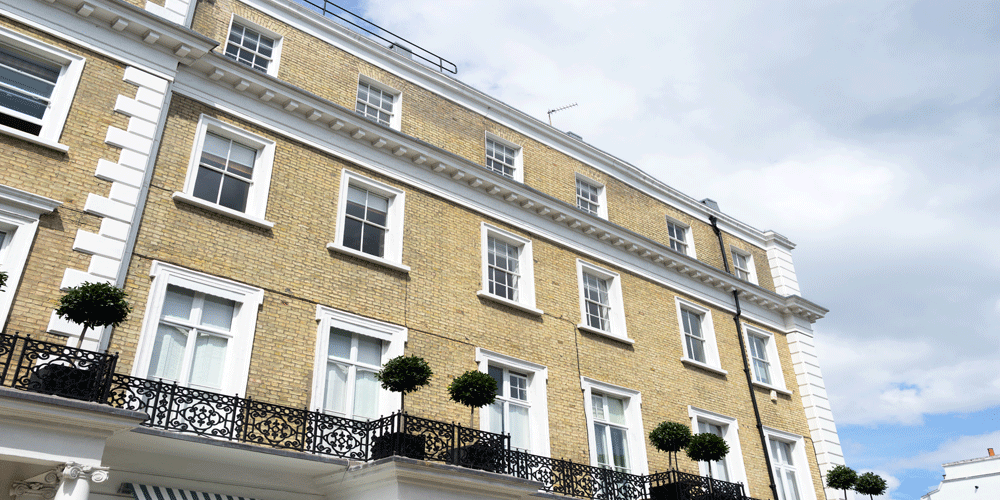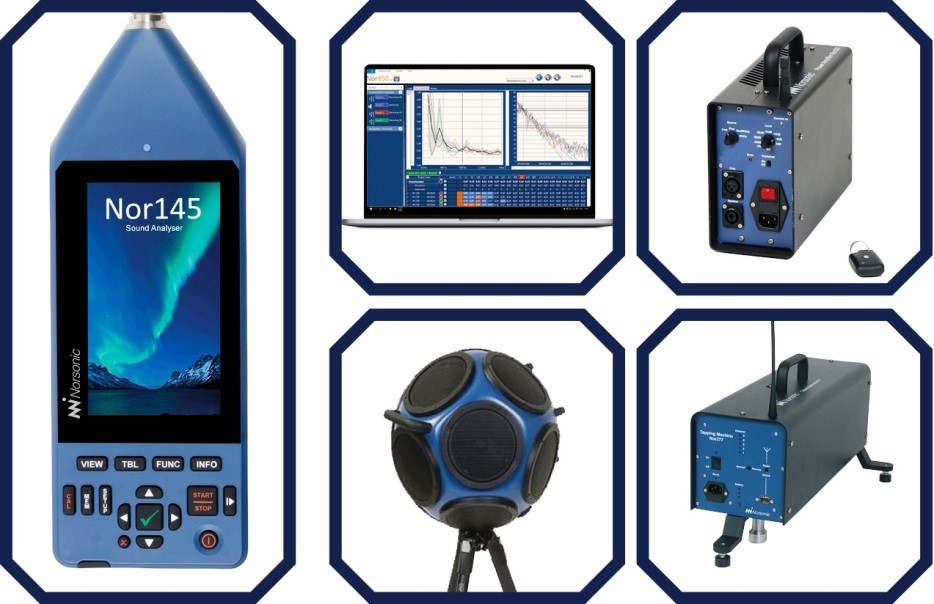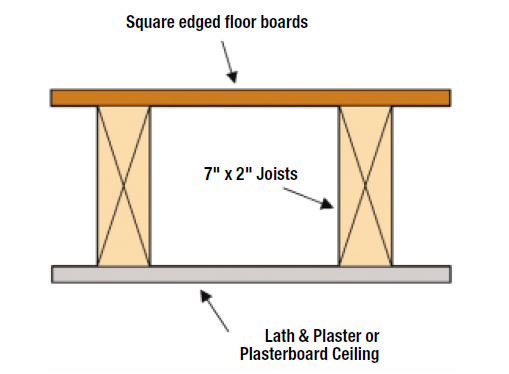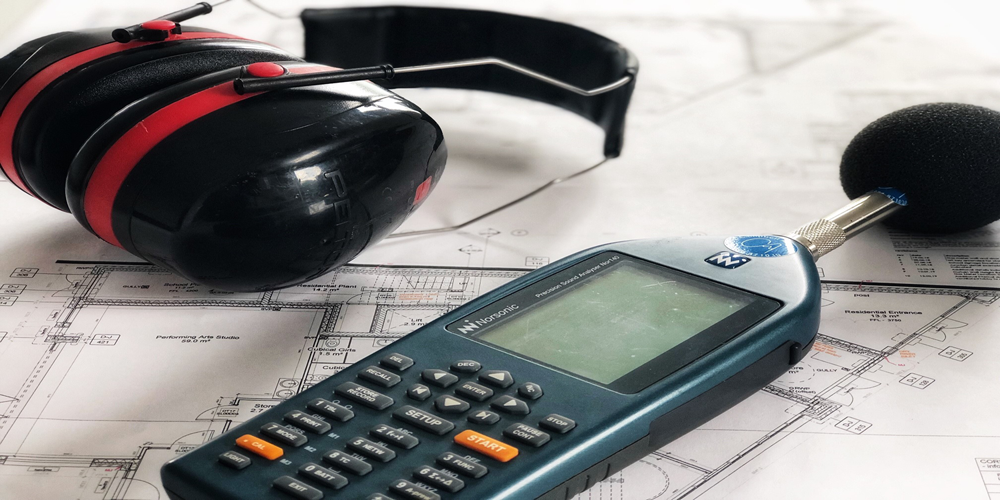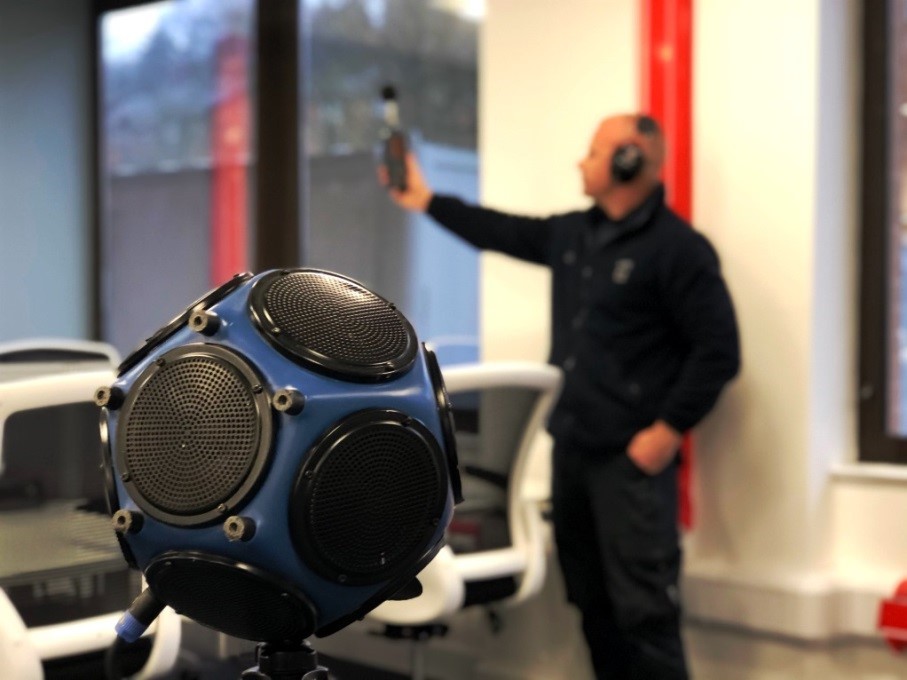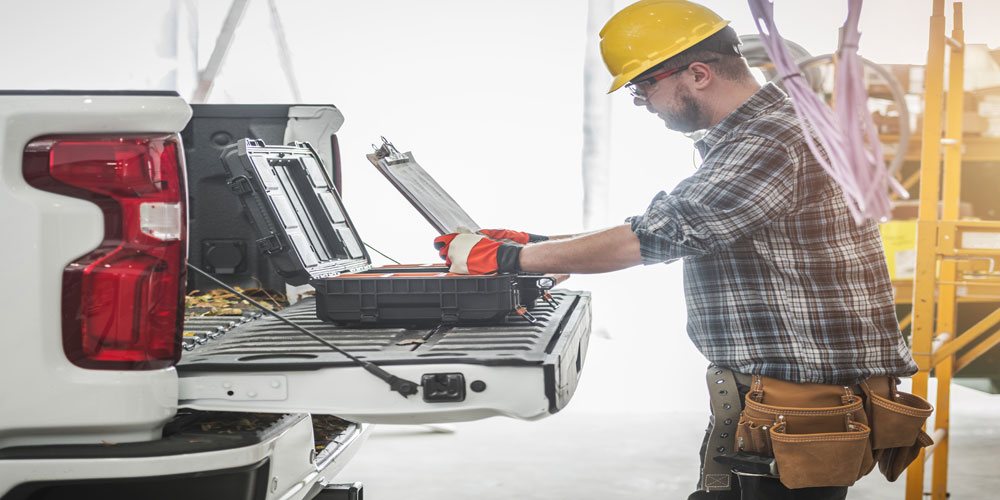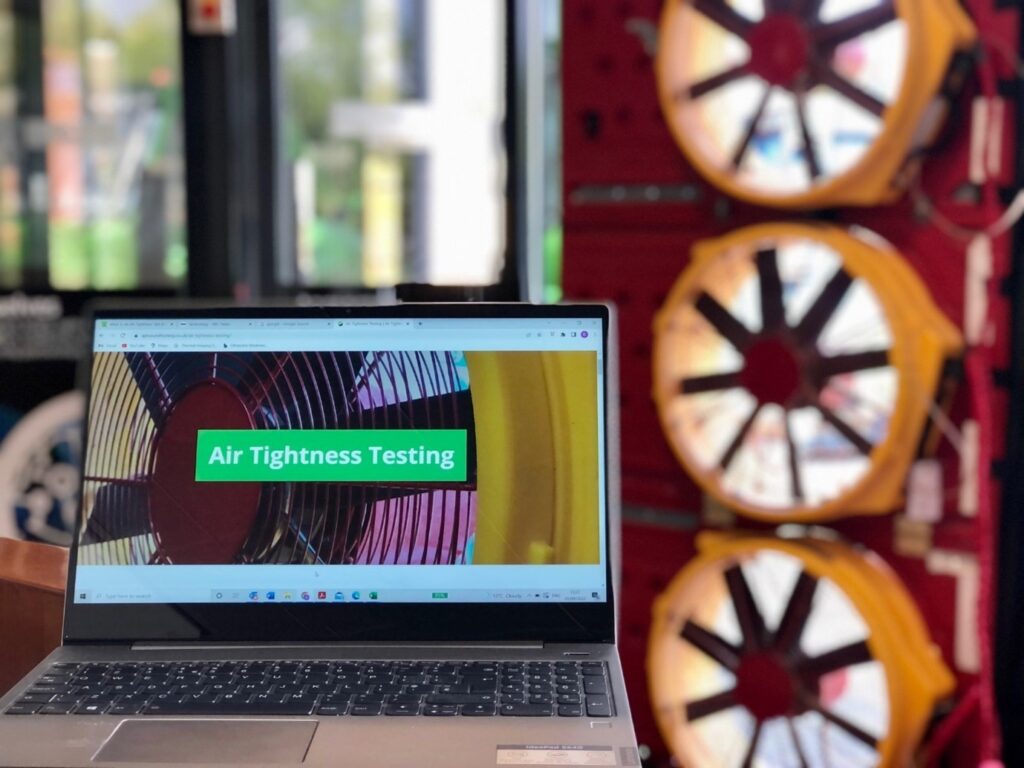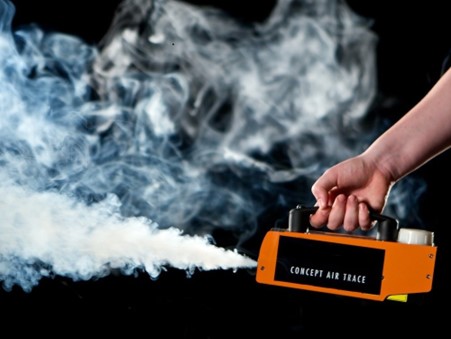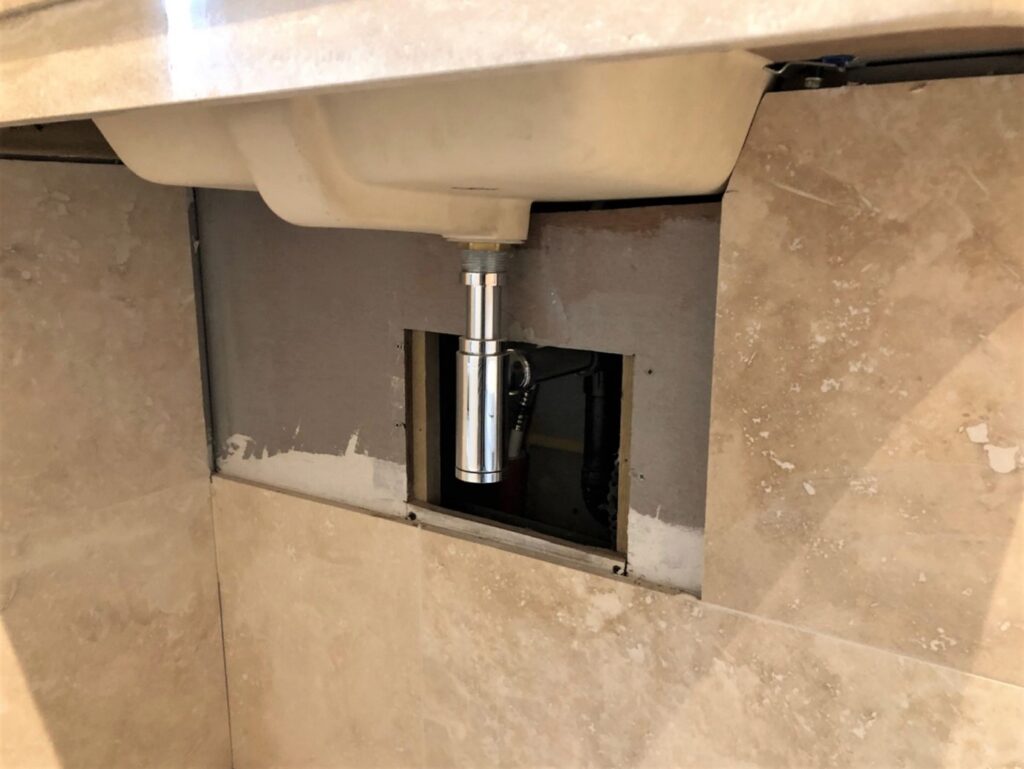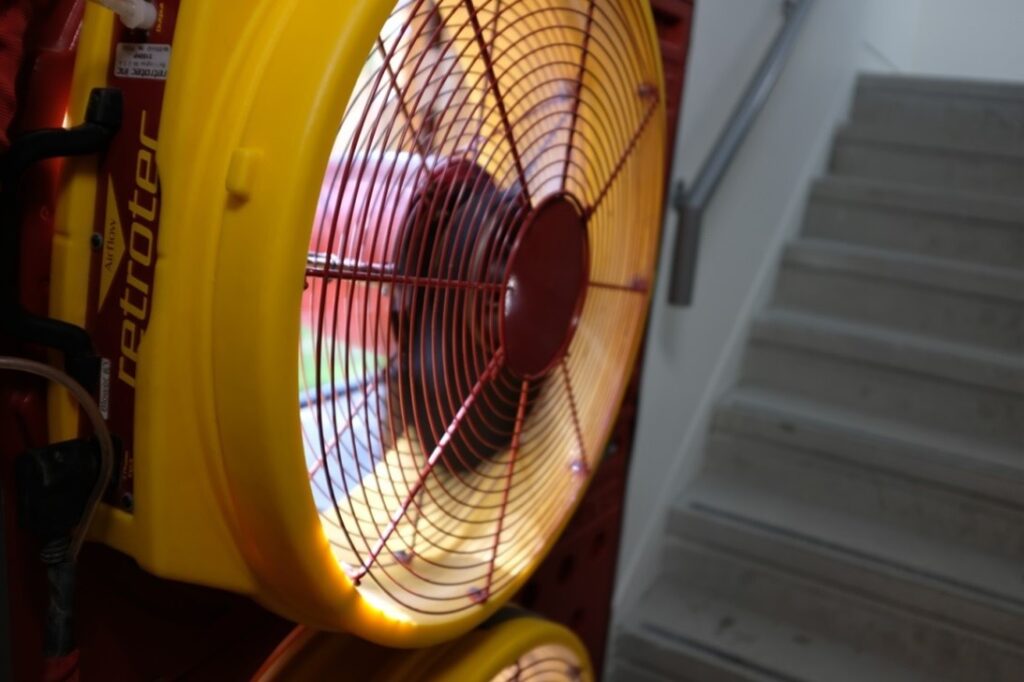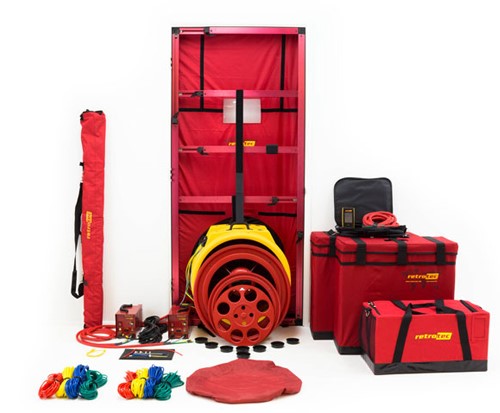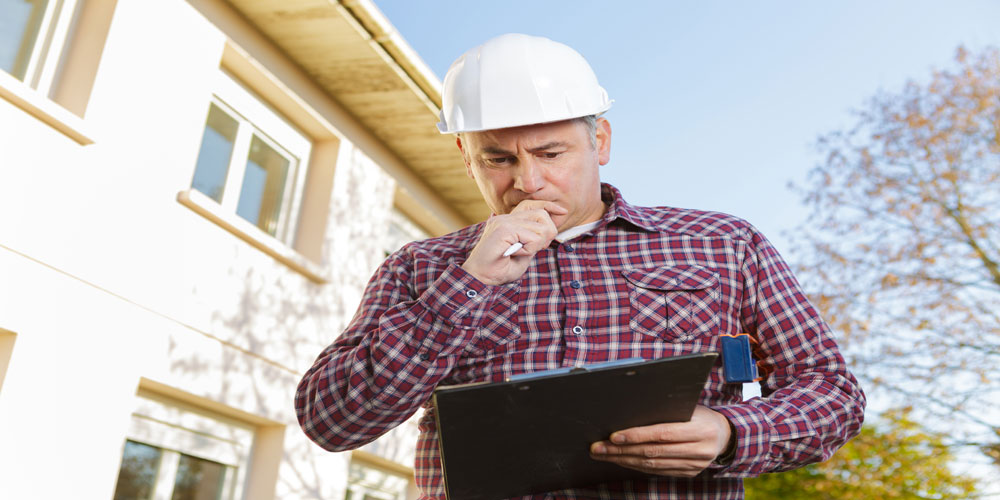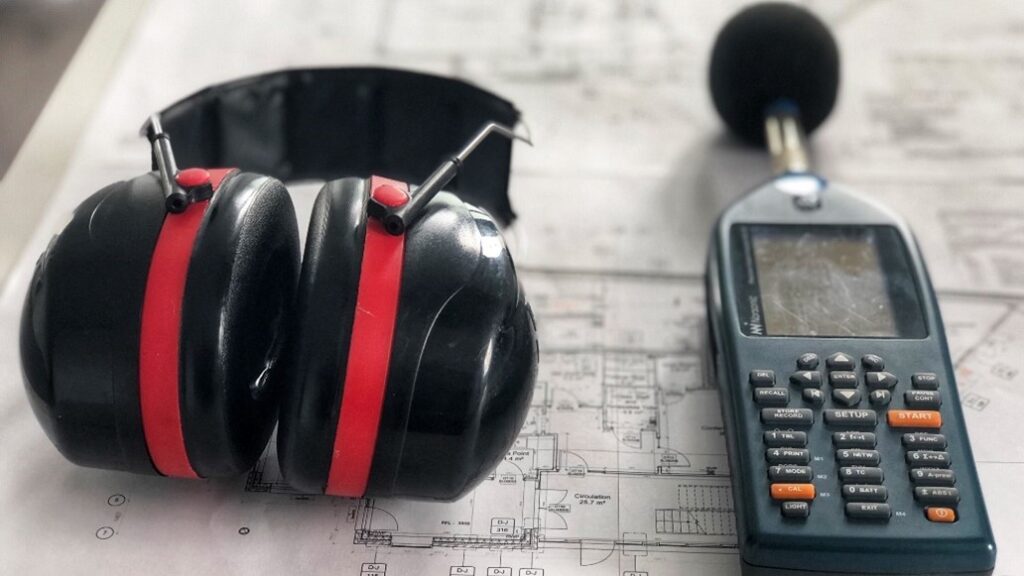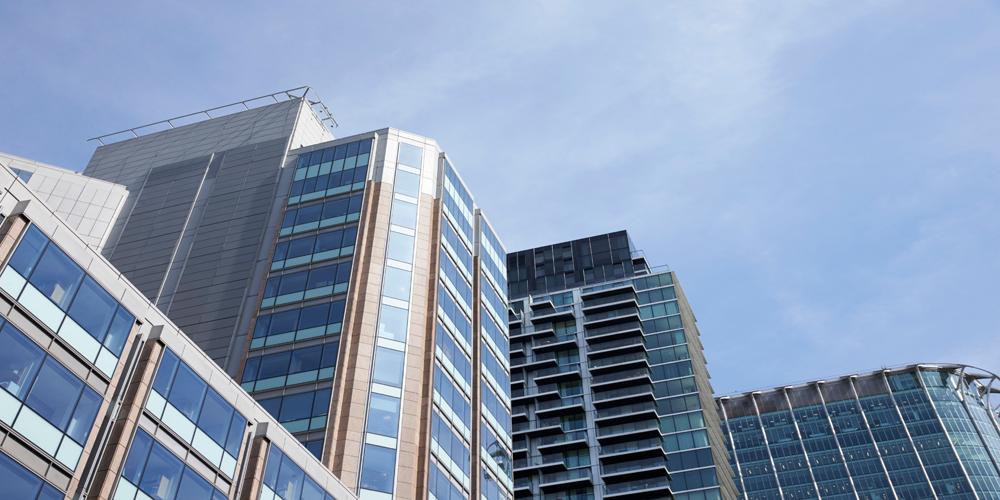
Sound Testing Services for London & the UK
London is a massive UK city containing over 5 million properties. In this overcrowded environment, it is essential that noise transference between properties in kept to an absolute minimum for the occupant’s well-being.
APT Sound Testing Services undertake UKAS accredited Part E sound testing throughout London and the UK. We have extensive knowledge regarding the way different materials and construction methods can influence the results of a sound test, to ensure your company achieves complies with Sound Testing Regulations Part E.
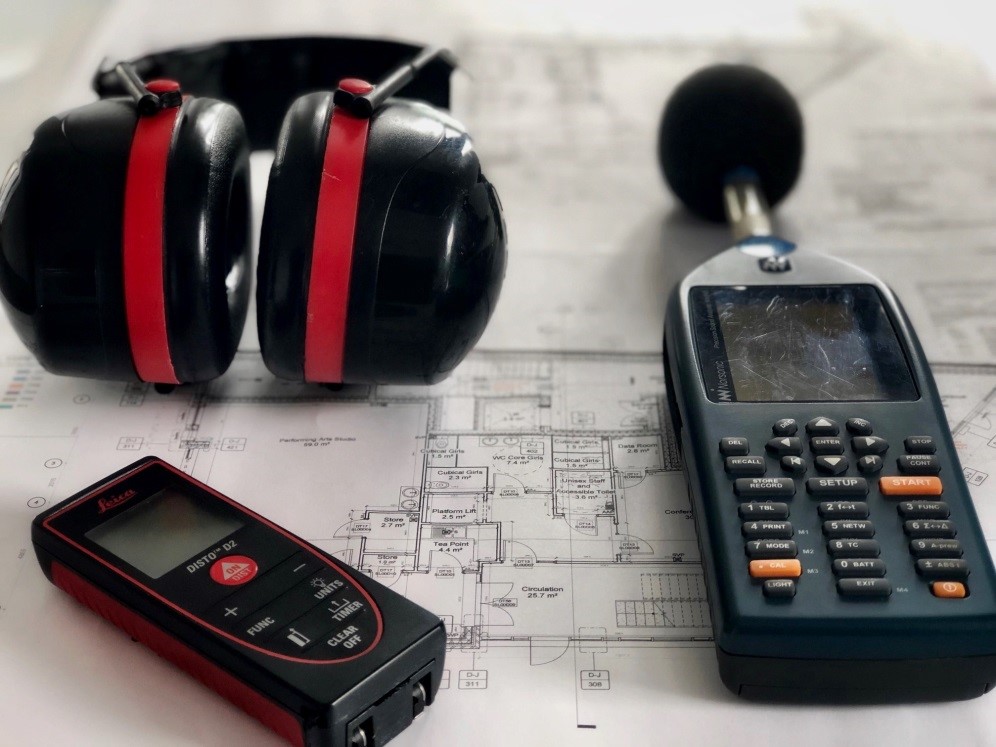
APT Sound Testing Services
Pre-completion sound testing under part E has been a mandatory requirement since July 2003. All new build properties and conversions which were built after this date require 10% of each party wall/floor construction type to be tested. Sound Testing is to be carried out between pairs of rooms separated by party walls or floors. In usual circumstances, the room/s to be sound tested will be the living rooms and bedrooms, which are classed as the two main habitable rooms.
The sound test procedure involves setting up a noise source in a room on one side of the party wall or floor and measuring the noise on both sides of the partition.
Airborne sound tests may also be required between horizontally and vertically separated pairs of rooms. The sound tests are undertaken by using a sound source, amplifier and loudspeaker to generate a high noise level in one room (the source room). Noise measurements are then taken in both the source and receiver rooms using a prescribed number of source and microphone positions. The background levels in the receiver room are measured and the reverberation time in the receiver room is also measured. From the results, the airborne sound insulation (DnT,w + Ctr) is calculated and compared to the requirements of Approved Document E.
For vertically separated rooms, an Impact sound test may also be required. This sound test is undertaken using a tapping machine which drops a series of weights onto the floor of the upper room. The noise level in the lower (receiver) room is measured for a prescribed number of source and microphone locations. The background levels in the receiver room are measured and the reverberation time in the receiver room is also measured. From the results, the impact sound insulation (LnT,w) is calculated and compared to the requirements of Approved Document E.
UKAS Accredited Sound Testing
Our sound test engineers carry all the latest Norsonic equipment, which are class one rating and all of our acoustic testing/sound testing, is completed to a strict quality controlled standard. We provide full UKAS Accredited sound testing.
Pre-completion sound testing is generally carried out at the request of the Building Control Officer. The guidance contained within Approved Document E gives detailed recommendations for the partitions to be tested and for the number of sound tests that should be carried out. We recommend that the proposed sound testing is agreed in advance with the Building Control Officer prior to the London sound testing.
We can undertake both acoustic airborne sound testing to allow for speech, television etc, and impact sound testing to allow for footfall etc. This is in accordance with the requirements of Approved Document E of The Building Regulations and the relevant European and International standards.
The testing methods for airborne and impact sound insulation testing in London are in full accordance with: the suggested methods presented in BS EN ISO 140-parts 4 and 7: 1998.
If you are in the construction stage of a new project and are not sure if your design will pass the building regulations then visit our Sound Testing Services website and we will check your acoustic design and offer advice (if required) for the wall or/and floor partitions. Alternatively, if you require sound testing for your London project please contact us now on 01525 303 905.
